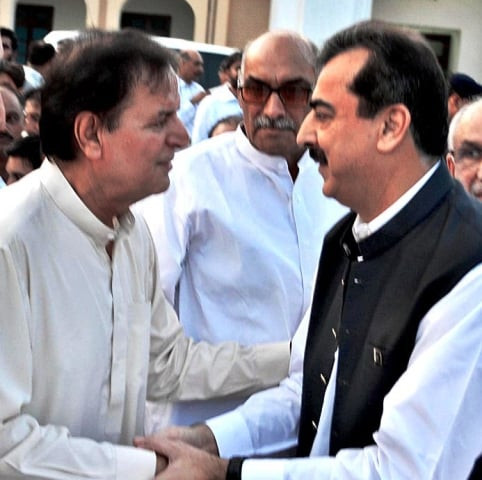The debate for more provinces
Besides, for administrative reasons at least, the creation of more geographical units may make some sense.

The debate for more provinces
Creating a new province is not easy in Pakistan. It means getting the provincial assembly to agree and then parliament at the centre has to vote by a two-thirds majority to suitably amend the Constitution. Since it was the PPP that stewarded the 1973 Constitution, we wonder why it felt wedded to just four federal units, defying the federal principle of devolution. It is appropriate that it should now make an addition in its manifesto and try and catch up with the world wide trend of decentralisation as a condition of democracy. Punjab’s dominance has troubled national politics and created misgivings, if not hatred, in the smaller provinces. The ‘liberation’ uprising in Balochistan these days is based on that feeling.
The intent at creation was dubious and was focused on centralisation of authority. That is probably why the creation of new provinces was made so tough. In India, Nehru, wedded to centralisation when opposing the confederation-based Cabinet Mission Plan, was determined to create more provinces after 1947. India started with 14 provinces; it now has 28. India’s constitutional procedure for creating new provinces is simple. All that is required is a simple majority in parliament on a reference made by the president after ascertaining the views of the concerned provincial assembly.
Any outsider looking at Pakistan is immediately struck by the fact that is has just four provinces, with 60 per cent of the population in Punjab. Punjab dominates the federation and the PML-N doesn’t need to become a national party to come to power and be able to amend the Constitution on its own. Inside Punjab, the political elite have swarmed Lahore and forgotten their outlying constituencies. The funds don’t reach the fringe areas as Lahore is seen to hog the budgets. Local movements in at least two more regions — Potohar and Seraiki — have demanded that Punjab shed some territory. Now the Seraiki movement has been fanned by southern politicians within the ruling PML-N and outside it.
Lahore is going to see the latest PPP move as a hostile backstab. It is ignoring calls by its senior south Punjabi politician Makhdoom Javed Hashmi in favour of a Seraiki province in tandem with more provinces elsewhere because it knows the movement will die in the face of procedural roadblocks. Mysterious circles are encouraging new political formations in the south to lessen the clout of PML-N leader Nawaz Sharif who wants to cut the ground from under PPP’s feet by cosying up to some sectarian outfits ahead of the next election .
But, truth be told, Pakistan needs more administrative units. Even if a Seraiki province sounds more ethnic-linguistic, the fact that the privileged south Punjabis living in Lahore will go back to their home constituencies and spend money on the infrastructure there will be good for Pakistan. (The elite of Balochistan living in Karachi are similarly retarding their own province.) This is good for decentralisation and regional empowerment. General Zia and General Musharraf thought of 25-27 provinces on the basis of Pakistan’s 27 administrative units called ‘divisions’, but lacked the imagination to carry it off. The politicians today are even less competent.
Big provinces like Punjab are tough to handle. So are big cities like Karachi. The growing failure of the state to establish its writ in many parts of the country has created a situation where far-flung neglected populations are in danger of shifting their allegiances to the terrorists because of a lack of a viable alternative. Besides, for administrative reasons at least, the creation of more geographical units may make some sense.
Published in The Express Tribune, August 6th, 2011.















COMMENTS
Comments are moderated and generally will be posted if they are on-topic and not abusive.
For more information, please see our Comments FAQ